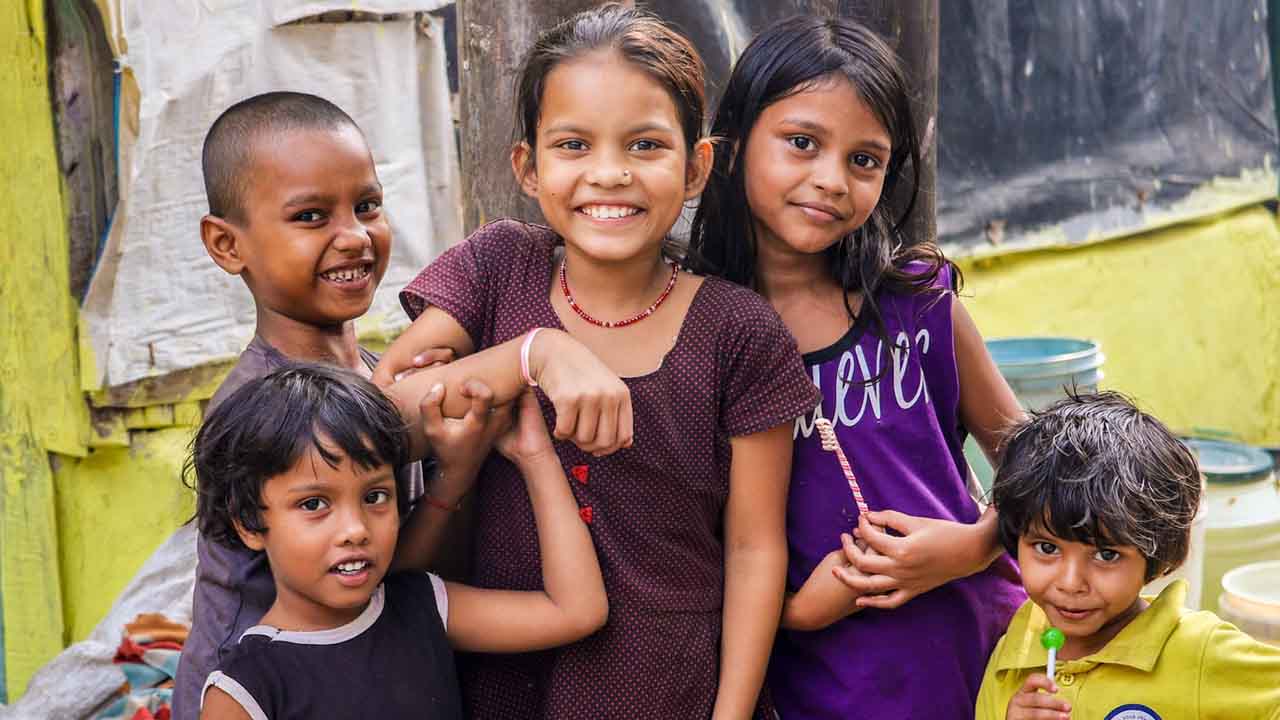A study by DST – Mahamana Centre of Excellence in Climate Change Research, Banaras Hindu University conducted to look into the association between climate parameters and infectious diseases in children under 16 years has found that climate variables accounted for 9-18 per cent of the total infectious disease. The study was undertaken over the central Indo-Gangetic Plain region for the first time.
Climate change driven by anthropogenic activities may challenge the gains in public health over the past many years, particularly in a country like India that ranks high in the list of climate-vulnerable countries in the world, the science and technology ministry said in a recent statement.
Globally, it is estimated that children are to bear most of the burden of disease due to climate change, with the poorest disproportionately affected. According to the study, the higher risk associated with children is due to the combination of physiological vulnerability as well as the risk of exposure. “Upper respiratory tract infection (mostly cold and flu) and gastrointestinal infections (mainly diarrhoea) constitute 78 per cent of the disease burden. Socio-economic conditions and child anthropometry modified the climate-disease association with a high proportion of children found suffering from stunting, wasting, and underweight conditions,” the ministry of science and technology added.
The study comes in the backdrop of the Inter-governmental Panel on Climate Change (IPCC) report earlier this year, which said that Earth will hit the critical 1.5 degrees Celsius warming in two decades. The report said that for 1.5 degrees Celsius of global warming, there will be increased heat waves, longer warm seasons and shorter cold seasons. At 2 degrees Celsius of global warming, heat extremes would more often reach critical tolerance thresholds for agriculture and health.


























